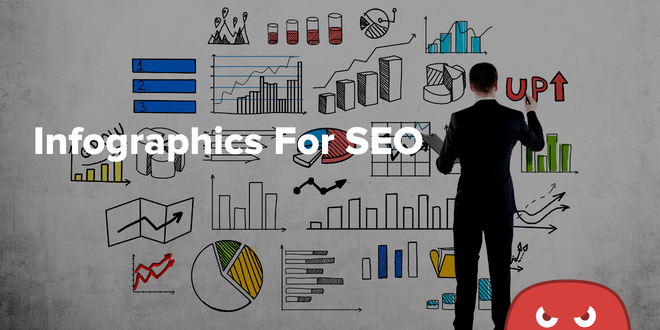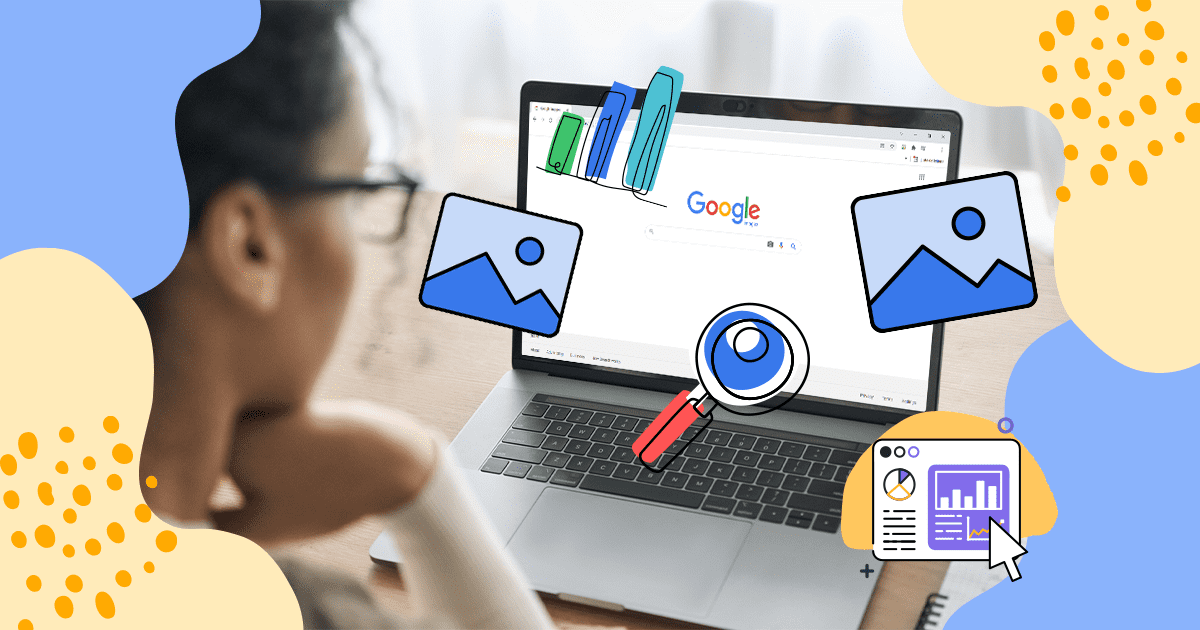Unlock the secrets to boosting your website’s visibility with image SEO – learn how to optimize photos like a pro!

Image courtesy of via DALL-E 3
Table of Contents
Introduction to Image SEO
In today’s digital world, where everything is just a click away, it’s crucial to understand the concept of Image SEO and how it can play a vital role in enhancing the visibility of your photos on platforms like Google. By optimizing your images using the right techniques, you can significantly improve their chances of ranking higher in search engine results. Let’s explore the world of photo optimization and how it can make a difference in your online presence.
What is Image SEO?
Image SEO refers to the process of optimizing images on your website to improve their search engine rankings. It involves various tactics such as choosing the right images, using descriptive file names, creating alt text, and more. The goal of Image SEO is to make your images more visible to search engines like Google, ultimately driving more traffic to your website.
Why Should You Optimize Your Photos?
Optimizing your photos is crucial for several reasons. Firstly, it helps your images stand out in search results, making it easier for users to discover your content. Secondly, photo optimization can enhance the overall user experience by ensuring that your images load quickly and are of high quality. Ultimately, optimizing your photos can lead to increased website traffic, better engagement, and improved rankings on Google.
Choosing the Right Images
When it comes to optimizing your photos for better rankings on Google, selecting the right images is crucial. Let’s dive into how you can choose the best images for your website to improve your Image SEO.
Relevance is Key
One of the most important factors to consider when choosing images for your website is relevance. Your images should directly relate to the content they accompany. For example, if you’re writing a blog post about baking cupcakes, including photos of beautifully frosted cupcakes will be more relevant than a picture of a mountain landscape. Relevant images not only enhance the user experience but also signal to search engines that your content is valuable and trustworthy.
High-Quality Matters
In addition to relevance, the quality of your images also plays a significant role in Image SEO. High-quality images are more visually appealing and engaging for your audience. When selecting images, opt for sharp, clear photos that are properly lit and well-composed. Avoid using blurry or pixelated images, as they can detract from the overall quality of your website. High-quality images can also help improve your website’s loading speed, which is another important factor for SEO ranking.
Using Descriptive File Names
When it comes to optimizing your images for better rankings on Google, one essential aspect that often gets overlooked is using descriptive file names. Your image file names play a crucial role in helping search engines understand what your image is about and how it relates to your content. Let’s dive into how you can make the most out of your file names for improved SEO.

Image courtesy of www.thehoth.com via Google Images
Be Specific
Instead of leaving your image files with generic names like “IMG_001.jpg” or “photo.png,” take a proactive approach by giving them specific and descriptive names. For example, if you have an image of a cute puppy playing in the park, a file name like “cute-puppy-playing-park.jpg” would be far more informative and beneficial for SEO purposes. Specific file names not only help search engines identify the content of your images but also make them more user-friendly for visitors who may be visually impaired and rely on screen readers.
Include Keywords
Integrating relevant keywords into your image file names can further boost your SEO efforts. Consider incorporating key terms that accurately describe the image and align with the content on your webpage. For instance, if you have a blog post about delicious homemade pizza and an image showcasing a freshly baked pizza, a file name like “homemade-pizza-recipe.jpg” can enhance the overall relevancy and visibility of your image in search results. Be mindful of not overstuffing your file names with keywords, as this can come across as spammy to both users and search engines.
Creating Alt Text
Alt text, short for alternative text, is a brief description that is added to an image on a website. It serves a crucial purpose because it provides a textual description of the image for those who cannot see it. This text is read by screen readers for the visually impaired, making the content of the image accessible to all users. Alt text also plays a significant role in Image SEO as search engines like Google rely on it to understand the content of the image.
Writing Effective Alt Text
When writing alt text, it’s important to be descriptive and accurate. Think about what the image represents and convey that in a concise manner. Avoid using generic phrases like “image” or “image of” as they don’t provide any context about the content. Instead, describe the subject matter of the image using relevant keywords that are related to the overall content of the webpage.
Using Captions and Titles
Image captions play a crucial role in providing additional context to your images. They help describe what the image is about and can improve the overall user experience on your website. When adding captions to your images, make sure they are relevant and descriptive. This not only helps your visitors understand the image better but also provides valuable information to search engines, which can improve your SEO.

Image courtesy of contentmarketinginstitute.com via Google Images
Image Titles
Image titles are another important element of image SEO. They serve as the name of the image file and should also be descriptive and keyword-rich. When naming your image titles, make sure to use relevant keywords that accurately represent the content of the image. This can help search engines understand what the image is about and increase the chances of your images appearing in relevant search results.
Image Size and Compression
When it comes to optimizing images for your website, one crucial aspect to consider is the size and compression of your photos. In this section, we will delve into why image size and compression matter for SEO and how you can easily implement these strategies to enhance your website’s performance.
Importance of Small File Sizes
Having small file sizes for your images is essential for two main reasons: website speed and SEO. Large image files can slow down your website’s loading time, leading to a poor user experience and potentially lower search engine rankings. Search engines like Google prioritize websites that load quickly because they want to provide the best user experience to their users. By compressing your images and reducing their file sizes, you can improve your website’s loading speed and enhance your SEO efforts.
How to Compress Images
Fortunately, compressing images doesn’t have to be a complicated task. There are several tools and methods available that allow you to reduce the file size of your images without compromising on quality. One popular tool for image compression is Adobe Photoshop, which offers various options for saving images in web-friendly formats. Additionally, online tools like TinyPNG and Compressor.io can help you quickly reduce the size of your images with just a few clicks.
When compressing images, it’s crucial to strike a balance between file size reduction and image quality. You want to ensure that your images remain sharp and clear while also being optimized for web use. Experiment with different compression levels to find the optimal balance for your images.
Choosing the Right File Format
When it comes to optimizing your images for better rankings on Google, choosing the right file format is crucial. Let’s dive into understanding how different image formats can impact your SEO efforts.

Image courtesy of inquivix.com via Google Images
Popular Formats
Two of the most common image formats used on the web are JPEG and PNG. JPEG files are ideal for photographs and images with many colors, as they offer good compression without significantly reducing image quality. On the other hand, PNG files are preferable for images with transparent backgrounds or simpler graphics, as they support lossless compression and maintain higher image quality.
When to Use Which Format
Understanding when to use each format can help you achieve optimal results in your SEO strategy. If you have photographs or images with complex colors and details, opting for JPEG format can help maintain a balance between image quality and file size. For images with transparency or simpler graphics, choosing PNG format ensures that your images remain crisp and clear without compromising quality.
By selecting the appropriate file format for each image on your website, you can enhance user experience, improve site speed, and ultimately boost your chances of ranking higher on search engine results pages. Remember, the right file format can make a significant difference in your Image SEO efforts.
Connecting Images to Content
When you add images to your website, it’s important to make sure they match the surrounding text. This means that the images you choose should directly relate to the content they are placed near. For example, if you are writing a blog post about animals, it would be ideal to include images of different animals like lions, elephants, or giraffes, rather than unrelated objects like buildings or cars. Matching images to text helps create a cohesive and engaging experience for your readers.
Creating Contextual Links
Another way to connect images to content is by creating contextual links within your text. This means that when a reader clicks on an image, they are directed to another page or related content on your website. For example, if you have a picture of a delicious chocolate cake in your blog post, you can link that image to a recipe for the cake on your site. This not only provides additional information to your readers but also boosts your SEO by creating internal links within your content.
Conclusion
Image SEO plays a vital role in helping your photos rank better on Google and improving the visibility of your website. By following the tips and strategies outlined in this guide, you can optimize your images effectively and enhance your overall SEO performance.

Image courtesy of rockcontent.com via Google Images
Remember, selecting the right images, using descriptive file names, creating alt text, and connecting images to your content are all crucial steps in maximizing the impact of your photos on search engine rankings. Additionally, paying attention to image size, file format, and loading speed can further boost your SEO efforts.
By implementing these Image SEO practices consistently, you can enhance the user experience on your website, attract more organic traffic, and ultimately improve your online presence. So don’t wait, start optimizing your photos today and watch your rankings soar!
Want to turn these SEO insights into real results? Seorocket is an all-in-one AI SEO solution that uses the power of AI to analyze your competition and craft high-ranking content.
Seorocket offers a suite of powerful tools, including a Keyword Researcher to find the most profitable keywords, an AI Writer to generate unique and Google-friendly content, and an Automatic Publisher to schedule and publish your content directly to your website. Plus, you’ll get real-time performance tracking so you can see exactly what’s working and make adjustments as needed.
Stop just reading about SEO – take action with Seorocket and skyrocket your search rankings today. Sign up for a free trial and see the difference Seorocket can make for your website!
FAQs
Why is Image SEO important?
Image SEO is important because it helps your images show up higher in Google search results. When people search for something online, they often look at the images that appear. By optimizing your photos with Image SEO techniques, you can make sure your images are seen by more people.
Can I use any image for my website?
It’s best to use images that are relevant to the content on your website. This means choosing photos that match what your website is about. Using relevant images can help improve your website’s overall SEO and make it more appealing to visitors.







